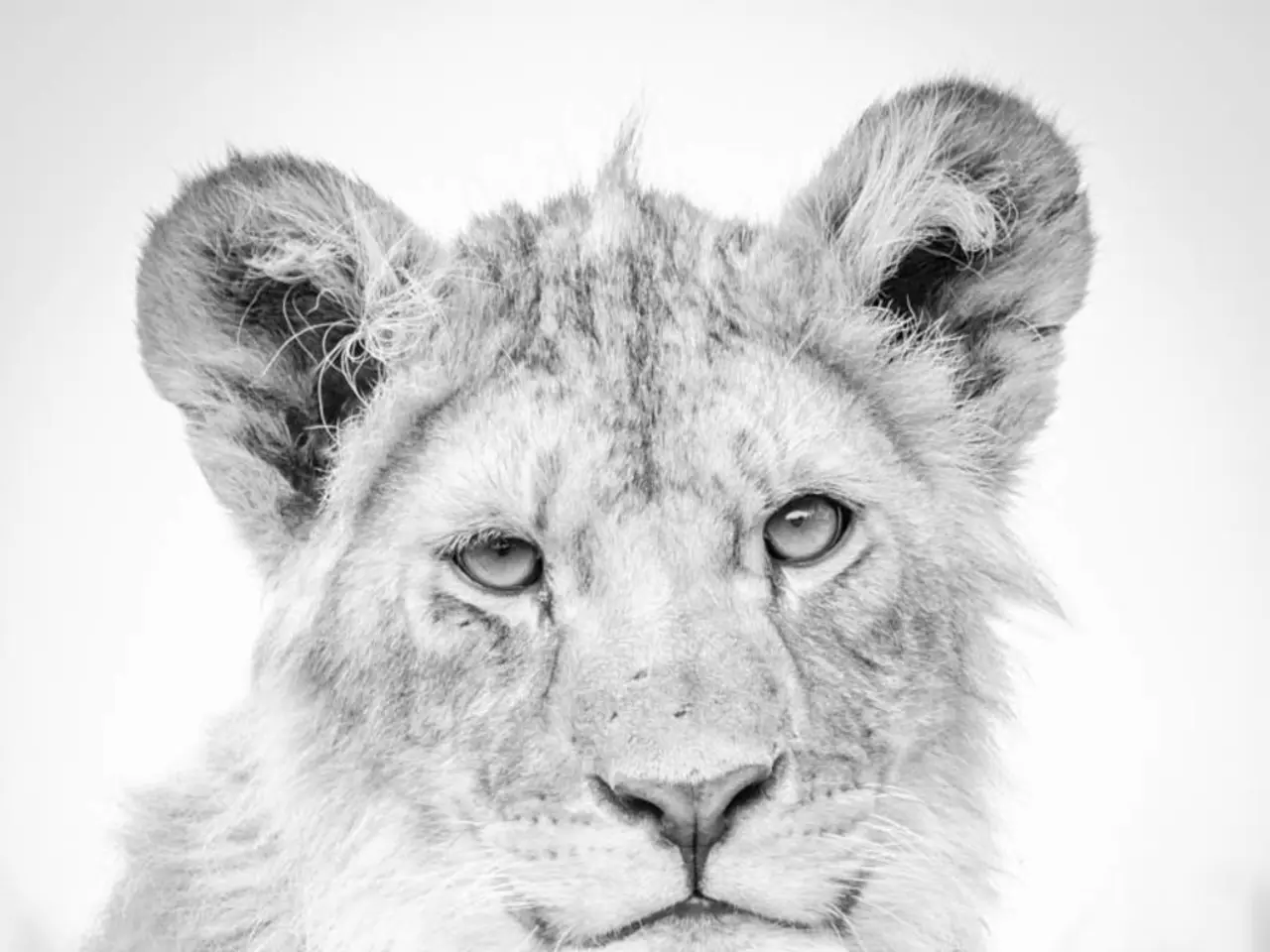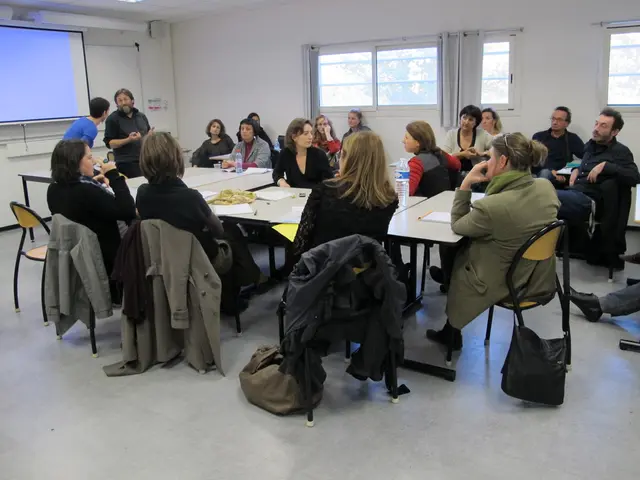Utilizing Indigenous Fauna in Permaculture Planning
In the pursuit of a sustainable future, scientists and practitioners are turning to permaculture as a solution for boosting biodiversity conservation and ecosystem restoration. This approach, which emphasizes the use of native animals and plants, is proving to be a game-changer in the world of agriculture.
Native animals play a pivotal role in our food systems and ecosystems, helping to maintain a delicate balance between humans and nature. Creatures like bees, butterflies, and birds are crucial for sustainable farming, as they visit native plants and pollinate many crops and flowers, ensuring a bountiful harvest.
Integrating native animals into permaculture and regenerative agriculture has shown great success worldwide. By creating self-regulating systems that benefit both crops and the local ecosystem, these practices are boosting biodiversity and balancing ecosystems.
However, managing conflicts between human and animal interests is a challenge in this integration. Practitioners must think ethically and work closely with local authorities and conservationists to ensure the welfare of these native species.
Designing habitats for native animals creates a self-sustaining ecosystem, supporting the land's health and biodiversity. Understanding the roles of native species in permaculture helps design better habitats for them, boosting biodiversity, fixing ecological balance, and making land management systems stronger.
The Koanga Institute in New Zealand and the Rodale Institute in the United States are shining examples of successful native animal permaculture. These institutions are increasing biodiversity conservation and improving ecosystem health while supporting sustainable farming.
Incorporating native animals into permaculture also provides natural pest control. Species such as chickens, goats, ducks, and small mammals like hedgehogs and bats help control pests by eating insects, snails, and larvae. Their manure supports soil fertility and nutrient cycling in cultivation and soil management systems.
As we look to the future, the focus on natural resource management and biodiversity conservation is crucial for the success of permaculture and regenerative agriculture. By using native animals in permaculture, we can make landscapes that last, supporting all life and creating harmony between humans and nature.
However, it's important to be aware of the potential harm that introducing invasive species can cause. Practitioners must be vigilant to ensure that their efforts to enhance biodiversity do not inadvertently introduce harmful species into ecosystems.
In conclusion, the future of permaculture lies in using native animals to create stronger, self-sustaining food systems that support biodiversity and ecosystem health. By working ethically and collaboratively, we can create a more sustainable world that benefits both humans and wildlife.








